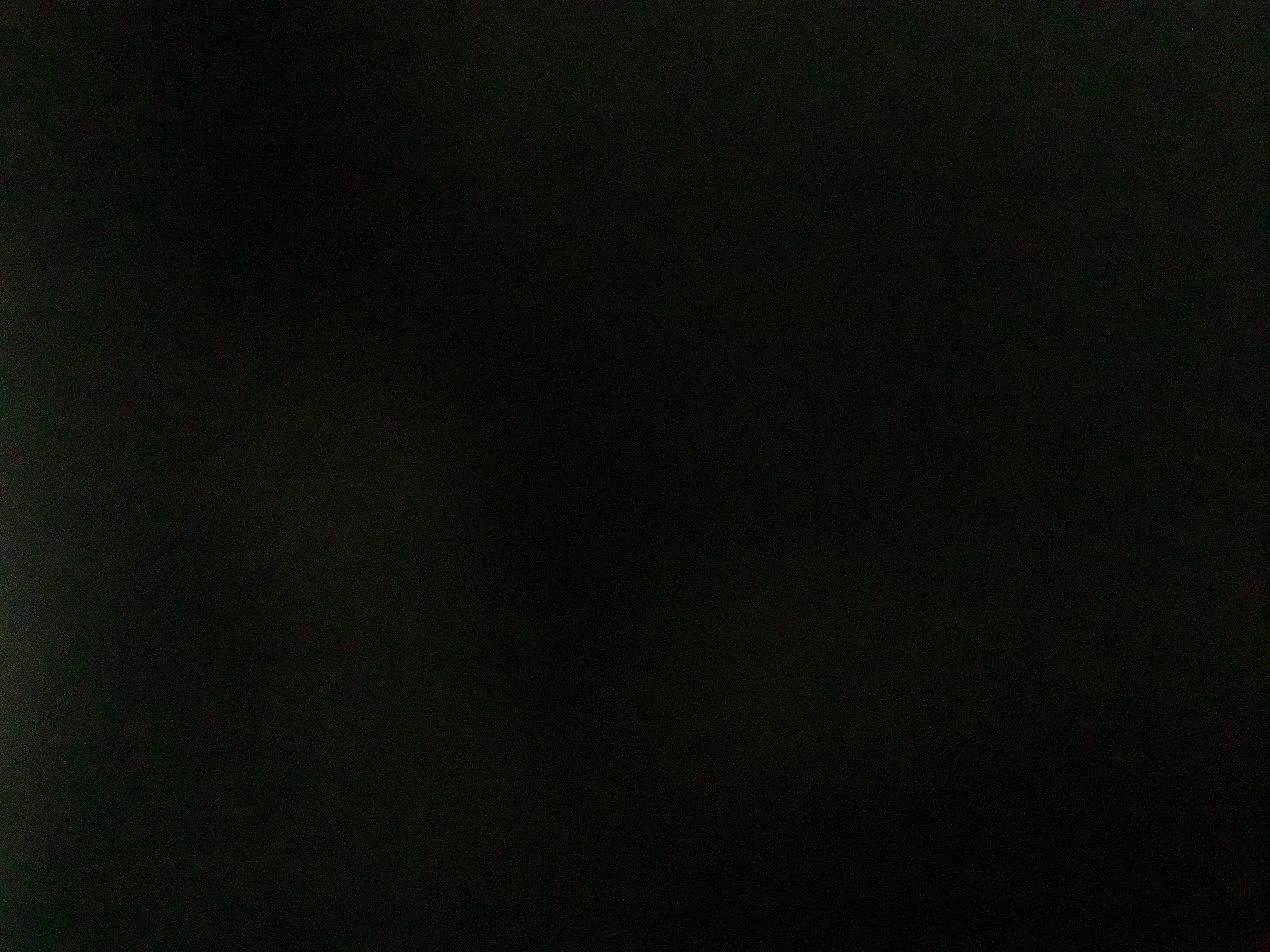Reading + Writing Music
Cards (33)
- what instruments tend to use the treble clef?
- what instruments tend to use the bass clef?
- what is the vocal tenor clef?
- what instruments use the vocal tenor clef?
- what is the Alto clef?
- what is the tenor clef?
- what is a double sharp?
- what is a double flat?
- Accidentals
- Common time
- 2/2
- anacrusis/upbeat
- simple time
- compound time
- in compound time what is the beat divided into?
- metre
- regular metre
- duple metre
- 3 beats per bar
- quadruple metre
- irregular metre
- free metre
- hemiola
- What is the definition of a hemiola in music theory?
- syncopation
- polyrhythms
- Bi-rhythm
- semibreve rest
- minim rest
- crotchet rest
- quaver rest
- semiquaver rest
- triplet
